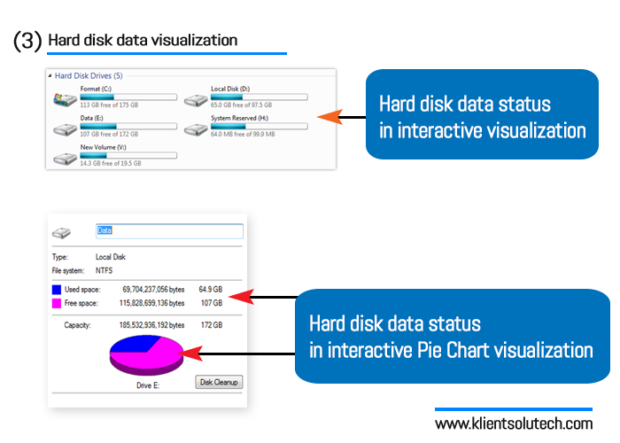Learning Objectives
- What is Data Visualisation?
- Why Data Visualisation?
- Real-life examples
- Data Visualisation in Python
What is Data Visualisation?
Data Visualization is the representation of data or information in a graph, chart, or other visual format.
It communicates relationships of the data with images.

Why Data Visualisation?
A visual summary of information makes it easier to identify patterns, trends and outliers than looking through thousands of rows on a spreadsheet.
It’s the way the human brain works.
Since the purpose of data analysis is to gain insights, data is much more valuable when it is visualized.
“A picture is worth a thousand words”
Our eyes are drawn to colors and patterns. We can quickly identify red from blue, square from circle. Our culture is visual, including everything from art and advertisements to TV and movies.
Data visualization is another form of visual art that grabs our interest and keeps our eyes on the message.
You’ve been surrounded by Data Visualisations all this while!
Real-Life Data Visualization
Google Map Traffic visualization
The live traffic status in Google map is another simple example of what is possible through data visualization to make our life simple and easy. You can see the red colour indicating slow traffic area in the city on the map and blue colour indicating fast etc.

Hard Disk Drives interactive Data Visualization
The blue line and empty space in horizontal bar and the pie chart are examples to inform us about the consumed and free space in hard disk.
Hard drives data status in interactive visualization makes it easy to understand even for a normal user.
And that’s always the objective of data visualization - to make it very easy and relevant for people to understand the data and take a quick decision.

Geo Spatial Data Visualization
Geospatial visualizations are one of the earliest forms of information visualizations.
Amongst the various types of geospatial visualisations, Heat maps are useful when you have to represent large sets of continuous data on a map using a color spectrum.
This map of India shows the average annual rainfall using different shades of blue. The darker the shade of blue, the higher the rainfall.
Can you think of more such examples?

Data Visualisation in Python
Python offers multiple great graphing libraries that come packed with lots of different functionalities. No matter if you want to create interactive, live, or highly customized plots, python has an excellent library for you.
To get a little overview, here are a few popular plotting libraries:
- Matplotlib
- Pandas Visualization
- Seaborn
- ggplot
- Plotly
- Bokeh
- Altair
In this course, we'll be focusing mainly on Matplotlib, one of the most popular tools for graphs and plots in Python.